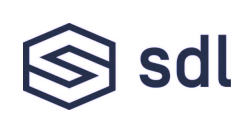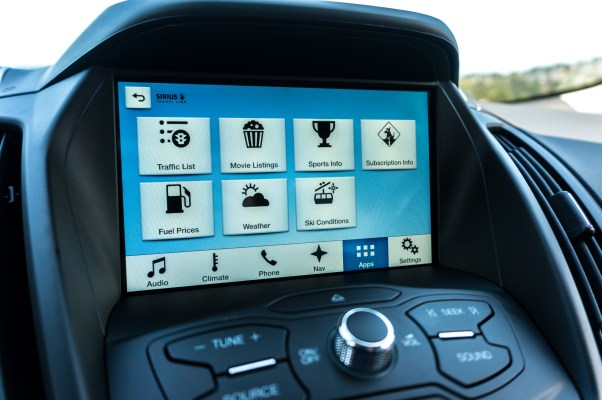Drivers expect their cars and smartphones to seamlessly work together. Both Apple and Google offer their respective services for connecting phones to a car’s infotainment system, but the car industry isn’t ready to completely cede the center console to Silicon Valley. Ford and Toyota have long been unlikely allies in this area. A few years ago, with AppLink, Ford started giving a select number of mobile app developers the ability to integrate their smartphone apps with its Sync infotainment system. It then open-sourced it under the SmartDeviceLink moniker back in 2013 and Toyota was one of the first third-party car manufacturers to adopt it for its cars.
Now the two companies have launched the SmartDeviceLink (SDL) Consortium to continue the development of this technology. In addition to Ford and Toyota, Mazda, PSA Group, Fuji Heavy Industries and Suzuki are joining the group. Other members include Elektrobit, Luxoft and Xevo, while Harman and QNX have signed Letters of Intent to join the group.
 When Ford first open-sourced SmartDeviceLink, it donated the technology to the GENIVI Alliance. If you look at the GENIVI Alliance’s homepage today, though, you won’t find Ford or Toyota as members. “Previously, GENIVI may not have been the most neutral body in the world,” David Hatton, Ford’s global manager of mobile application, told me when I asked about what happened. Indeed, as Doug VanDagens, Ford’s representative on the SDL Consortium’s board, noted numerous times during our conversation, the group aims to give all the members a voice but remain neutral. That, too, is one of the reasons the companies decided to set up their own governing structure instead of going to the Linux Foundation or a similar organization for help. “Neither Ford nor Toyota nor individual OEMs will have a controlling influence,” he added, and noted that the consortium itself is truly agnostic as to how OEMs build SDL into their cars and products.
When Ford first open-sourced SmartDeviceLink, it donated the technology to the GENIVI Alliance. If you look at the GENIVI Alliance’s homepage today, though, you won’t find Ford or Toyota as members. “Previously, GENIVI may not have been the most neutral body in the world,” David Hatton, Ford’s global manager of mobile application, told me when I asked about what happened. Indeed, as Doug VanDagens, Ford’s representative on the SDL Consortium’s board, noted numerous times during our conversation, the group aims to give all the members a voice but remain neutral. That, too, is one of the reasons the companies decided to set up their own governing structure instead of going to the Linux Foundation or a similar organization for help. “Neither Ford nor Toyota nor individual OEMs will have a controlling influence,” he added, and noted that the consortium itself is truly agnostic as to how OEMs build SDL into their cars and products.
The SDL Consortium will host its code on GitHub and will take contributions from anybody (though the technical committee will then evaluate all those changes before accepting new code, of course). In the end, though, it’s up to the individual car manufacturers and OEMs to perform their own tests (the consortium will only perform the basic validations) and manage their own developer programs. So while developers will be able to write one app that will then run in all SDL compatible cars, it’s up to the manufacturers and OEMs to decide what that integration will look like in the car. SDL doesn’t prescribe what the actual user experience in the car looks like, for example.
VanDagens and Hatton believe this is what the car manufacturers are looking for. While Ford, for example, offers support for SDL, Android Auto and Apple’s CarPlay (because that’s what drivers want), it and other car manufacturers would surely prefer a world in which they remain in control.
For developers, this consortium opens up the possibility that the apps they write for SDL will now be supported by a far larger number of cars in the long run. Similarly, for the car manufacturers involved, that means they can invest in a single platform and (maybe) keep pace with the innovations coming out of Cupertino and Mountain View.
Hatton tells me that the consortium has already worked out a roadmap of new features that will soon come to SDL. These include voice passthrough, for example, as well as improved wireless projection and deeper integration with mobile navigation services, but also new features to add more intelligence to the car that will, in Hatton’s words, make for a “richer driving experience.”
